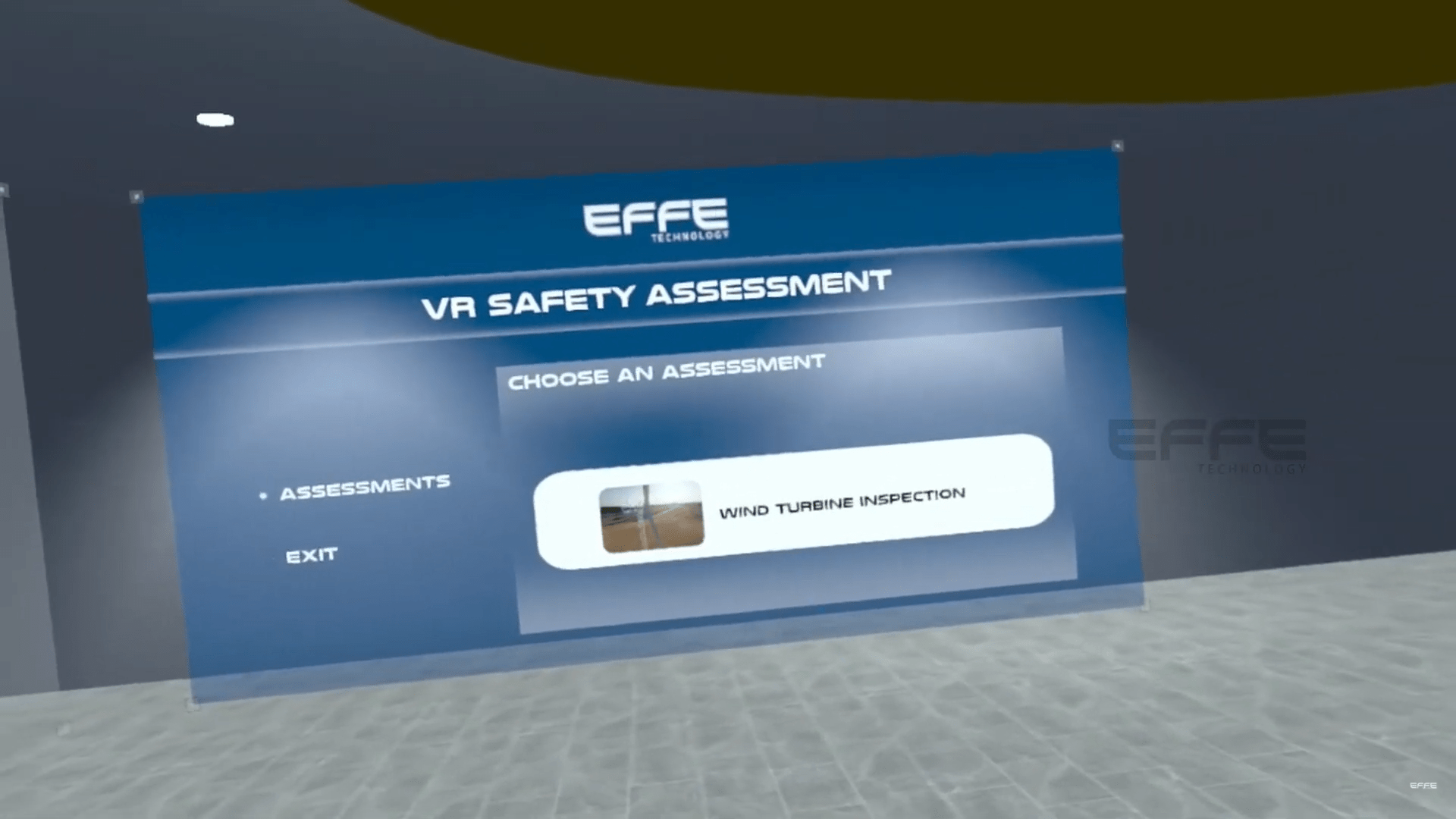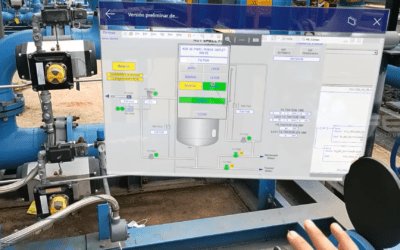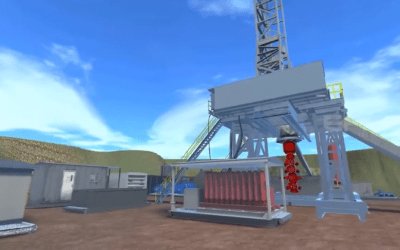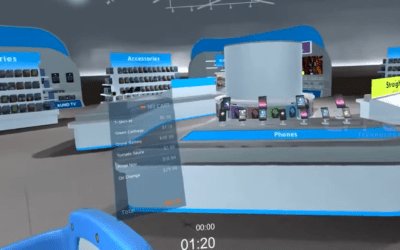Project Brief
EFFE Technology was tasked with developing a VR Wind Turbine Simulator for wind turbine maintenance training. The primary goal was to create a comprehensive, immersive experience that would allow trainees to assess the wind turbine’s parts, operate critical systems, and conduct safety checks without requiring physical access to a real turbine.
Client Requirement
The client, a wind energy company, sought a virtual solution for training personnel in wind turbine operations. Traditional training methods were costly and required significant time investment in both travel and logistics. They needed a VR Wind Turbine Simulator that could simulate real-world scenarios, such as equipment malfunctions, emergency response training, and routine maintenance procedures, all within a 3D environment.
The client required an interactive, detailed, and safe training platform that could mimic wind turbine systems as closely as possible, allowing trainees to familiarize themselves with the environment and practice essential tasks before working on actual turbines. Visit Our Partner Site
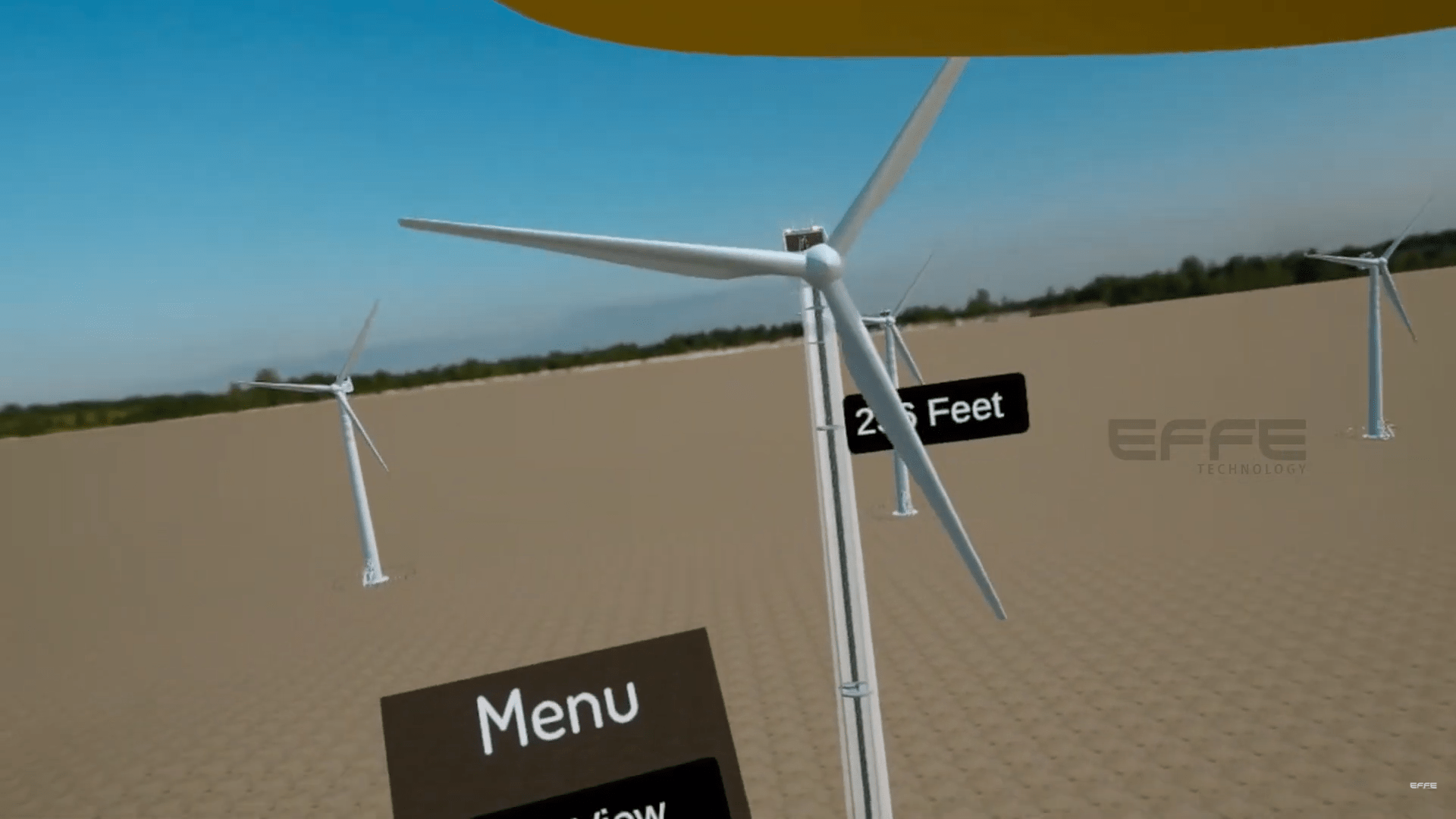
Project Planning, Strategy, and Our Process
To design a VR solution that met the client’s needs, EFFE Technology took the following approach:
- Consultation & Requirement Gathering: Our first step was to engage with the client’s team to fully understand the training goals and specific challenges in the wind turbine industry. We identified key areas such as turbine inspection, operational safety, troubleshooting, and equipment handling that would need to be included in the VR Wind Turbine Simulator.
- 3D Modeling & Simulation: The next step involved the creation of a highly detailed 3D model of a wind turbine. We worked closely with industry experts to ensure the accuracy of the components, including the turbine blades, nacelle, and control systems. This level of detail was essential to replicate the real-world environment.
- Development of Interactive Scenarios: To ensure the training was engaging and educational, we developed a variety of interactive scenarios. These included normal operation procedures, emergency simulations (e.g., blade failure), and maintenance activities (e.g., inspecting electrical systems). Users could interact with turbine components, assess mechanical issues, and perform virtual repairs.
- User Interface & Feedback: The VR Wind Turbine Simulator was designed with an intuitive user interface to allow ease of navigation. We integrated real-time feedback, where users could receive performance assessments based on their actions within the simulation. This feedback loop ensured the trainees understood areas requiring improvement, fostering a more productive learning experience.
- Testing & Iteration: Following the development of the VR Wind Turbine Simulator, a series of user tests were conducted. Feedback from both the client and pilot users was collected to refine the system. Adjustments were made to improve the realism of the environment, enhance the interactivity of key actions, and ensure the system ran smoothly on various VR hardware setups.
Deliverables and Client Benefits
The final deliverable was a fully immersive, interactive VR training program for wind turbine maintenance. Key benefits of the VR Wind Turbine Simulator included:
- Cost Reduction: The client reduced travel and logistical costs associated with traditional turbine maintenance training. Trainees no longer needed to visit real turbines for initial assessments or safety training, saving both time and money.
- Safety: The VR system allowed trainees to experience dangerous situations, such as turbine failure or system malfunctions, in a safe environment. This prepared them for real-world emergencies without any risk to personnel.
- Scalability: The virtual training system could be used across various locations, allowing the client to train multiple employees simultaneously, regardless of geographical constraints. This scalability enabled the company to efficiently onboard and train workers.
- Performance Tracking: The VR system’s integrated performance analytics allowed the client to track trainees’ progress. The data collected from each session provided insights into individual performance, helping to identify areas where trainees needed additional practice or guidance.
- Realistic Simulations: The realistic 3D wind turbine model created a lifelike environment that mimicked real-world scenarios. This immersive experience helped trainees understand turbine systems and maintenance procedures better than traditional training methods.
Conclusion
EFFE Technology’s VR Wind Turbine Simulator proved to be a transformative solution for the client. It enhanced the training experience by providing a detailed, interactive, and risk-free environment for trainees to practice essential turbine maintenance tasks. The implementation of VR technology led to improved safety, operational efficiency, and cost-effectiveness for the client, as well as enhanced training capabilities.
The success of the project highlights the potential of VR technology in industries such as wind energy, where safety, cost, and training efficiency are critical. By using VR, the client has not only optimized their training program but also created a scalable solution that can be adapted to future needs and training modules.
With VR, the client was able to empower their workers with the skills and knowledge necessary to operate and maintain wind turbines safely and efficiently, ensuring that their workforce is better equipped to handle real-world challenges. This innovative use of VR technology has set a new standard for training in the wind energy sector, showcasing the versatility and effectiveness of virtual learning tools.
Virtual Reality Assessment Wind Turbine| 3D Virtual Experience | VR Walkthrough | Effe Technology

